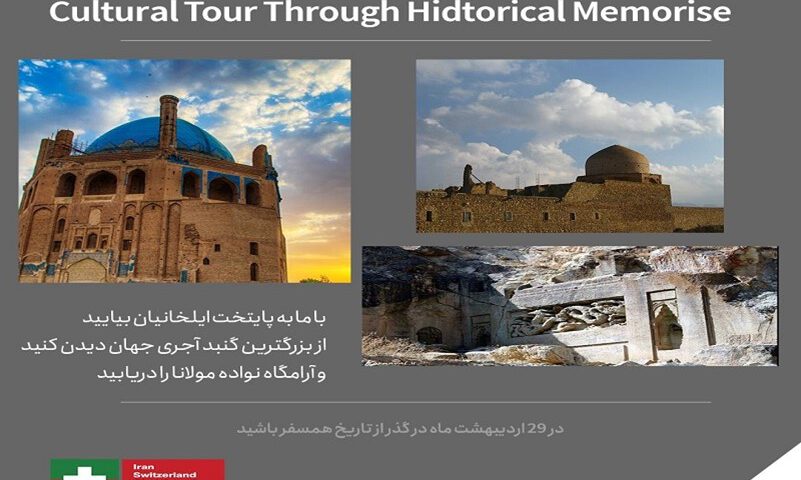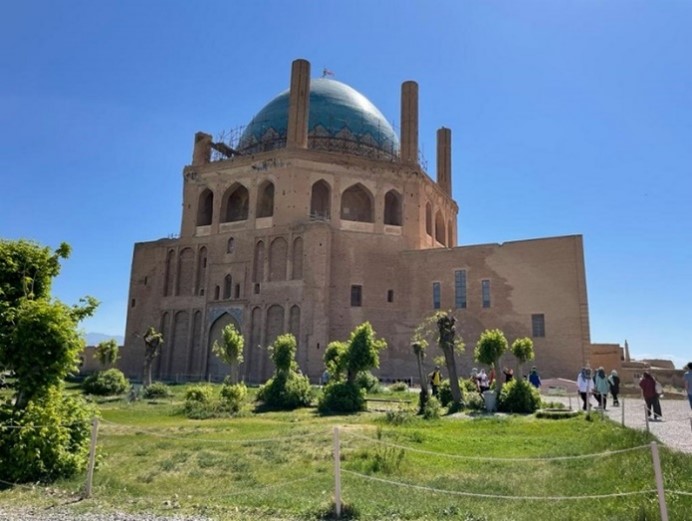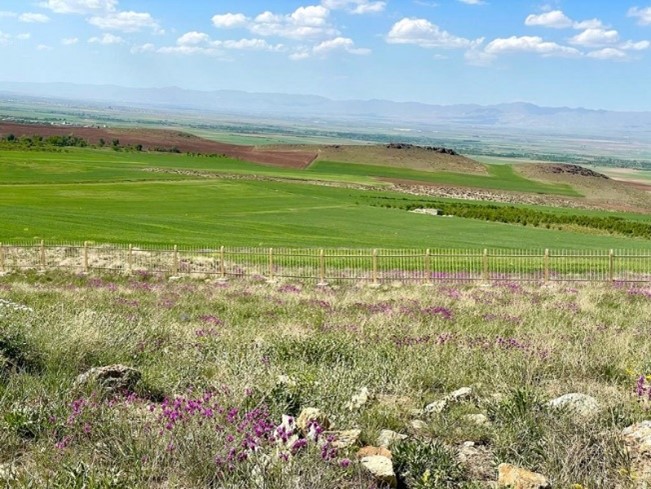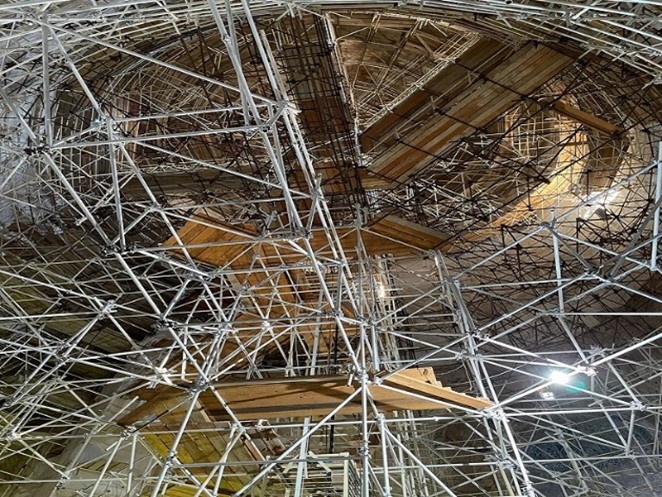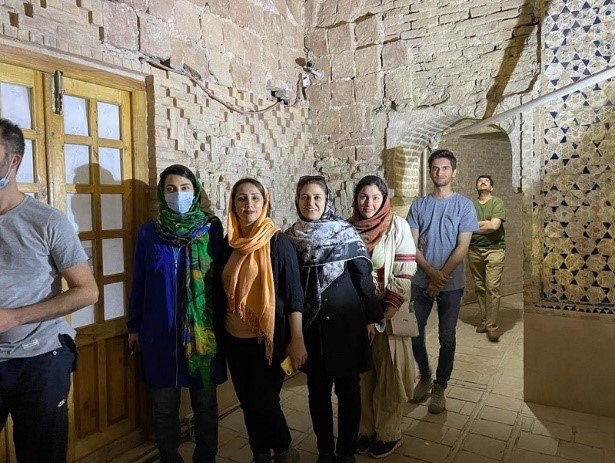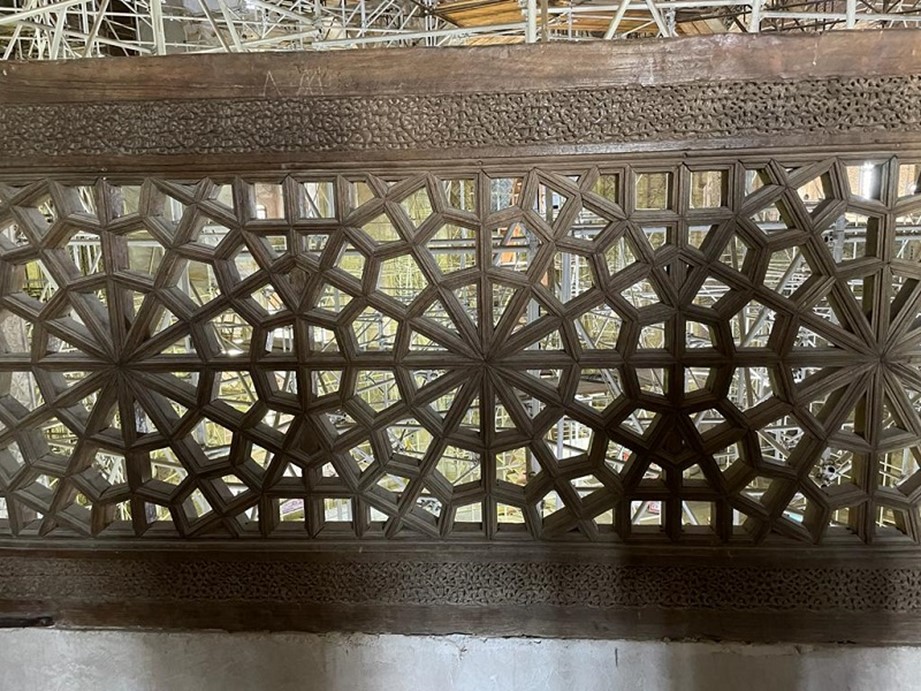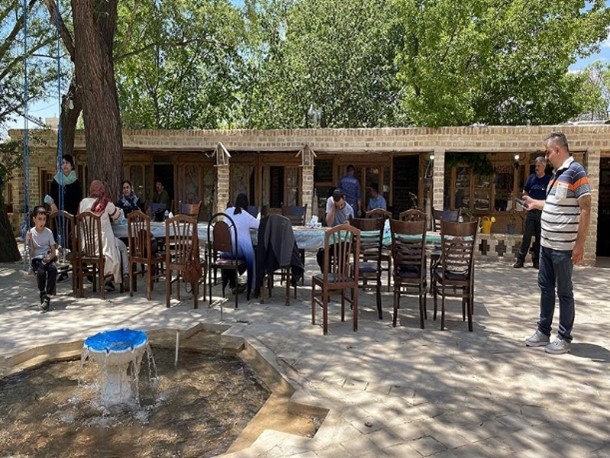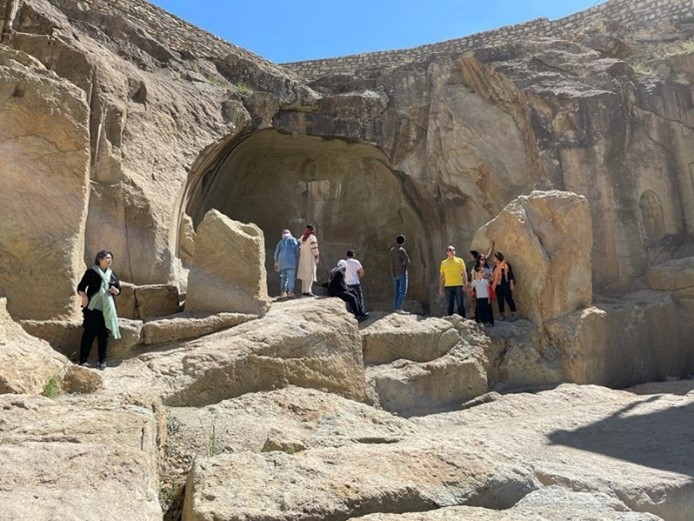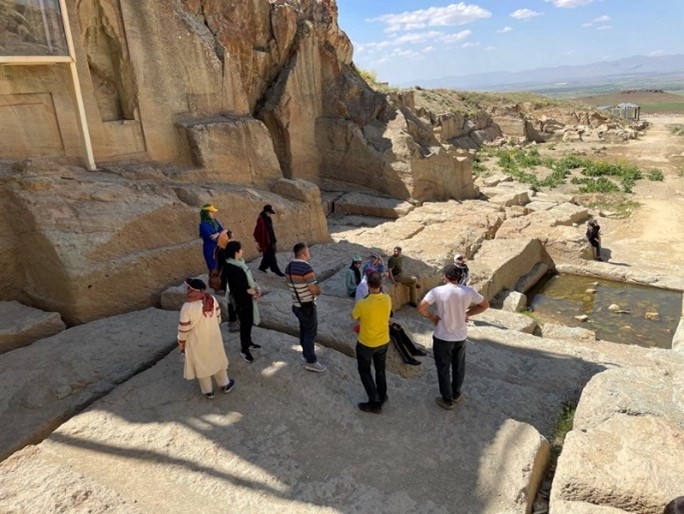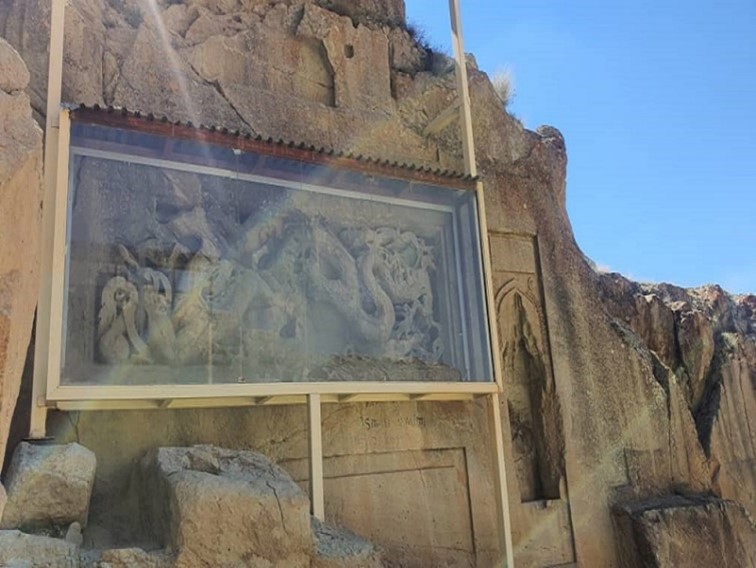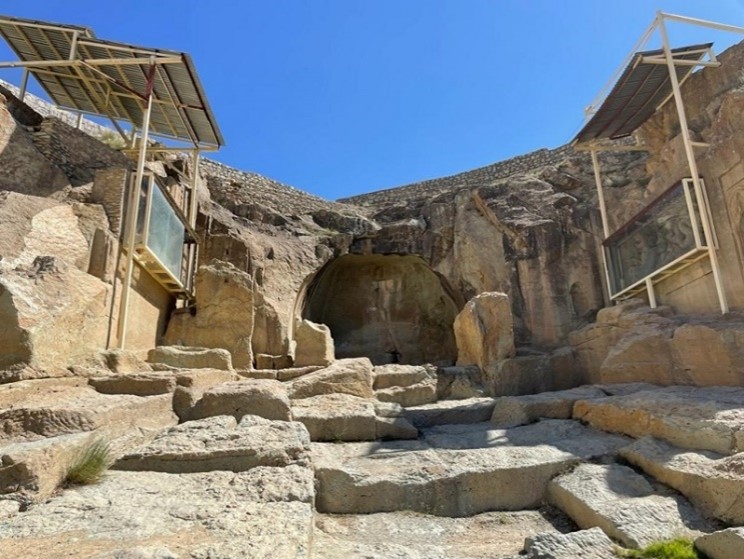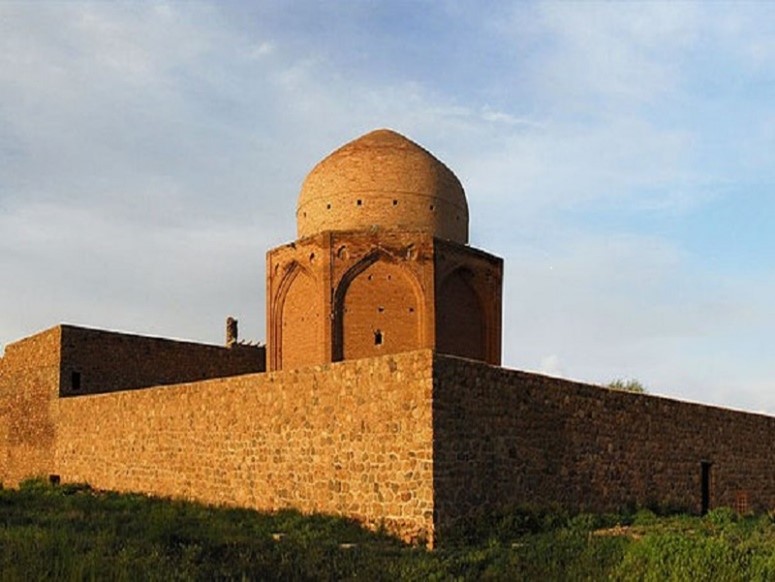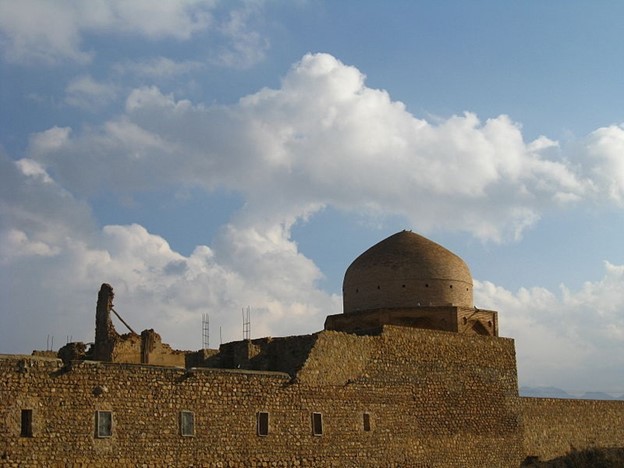
7th Annual Charity Ski Race
March 8, 2022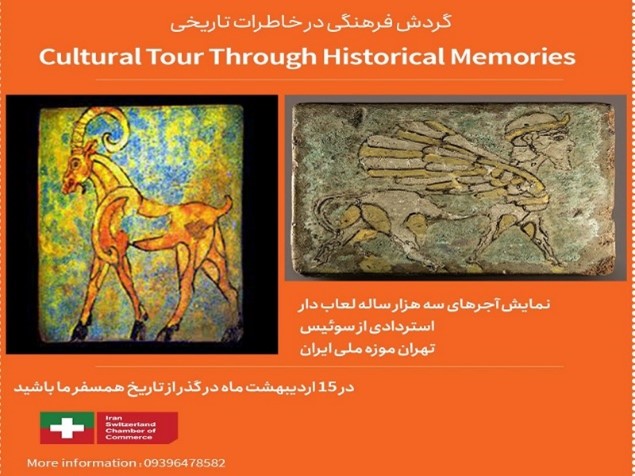
Repatriated Tiles from Switzerland
December 7, 2022
SOLTANIYEH
18th May 2022
In line with the cultural activities of Iran-Switzerland Chamber of Commerce, on 18th May 2022, a one-day visit was organized to the Soltanieh Dome and its historical centers in Zanjan. A trip in to the history of Iran in cooperation with Mr. Farshid Ebrahimi historian. We visited the Ilkhanian capital, the world's largest brick Dome of Soltanieyeh, the Dashkasan Temple or Dragon Temple that has brought a corner of the Far East culture to this land and finally we found Maulana's grandson's Chalabi Oghli Tomb.
According to historical writings, the historic city of Soltaniyeh, located 37 km from the city of Zanjan, was first built during the Ilkhanate; However, the name of the present city is Aribad, and its history, according to archaeological excavations, dates back seven thousand years.
The city of Soltaniyeh in the 8th century BC was the residence of the sacramental people and the kings of the Medes called it Aribad and Arsas, but from that date until the Mongol period there is no news of Soltaniyeh in Iranian history.
The Mongol Ilkhans, having conquered Iran and chosen Tabriz as their capital, chose the vast and verdant plain of Soltaniyeh for hunting and spending the summer. Thus, this place was called Qangorawalang, meaning the hunting ground of falcons. But when Arghun IV, the fourth Mongol patriarch, ascended the throne, he decided to build a city there; He therefore ordered to build a fort with a load of twelve thousand feet of hewn stone. After his death in 619, his body was in the same half buried city, and his son Ghazan Khan made no further effort to complete and develop this city, and instead built Shanbaghazan near Tabriz.
The city flourished during the Oljaito era. He resumed the construction of the city in 702 AH and moved many artists, craftsmen and merchants to this city to do so, and this place was called Soltaniyeh - the place of the emperor.
Soltanieh Dome was built in 703 AH by order of Oljaito (Sultan Mohammad Khodabandeh). The octagonal dome was designed by Fazlullah Hamedani, the Ilkhanid minister. In a period of ten years, it will be built by an architect named Seyyed Ali Shah with three thousand workers. Once the construction was completed, the decoration of the building began and these works will last three years.
Soltanieh Dome is the tomb of Oljaito or Sultan Mohammad Khodabandeh, the eighth patriarchal king, which was built between 1302 and 1312 AD by order of Soltaniyeh (the capital of the Ilkhanids) and is considered one of the most Important Iranian and Islamic Architecture. The dome of this building is the third largest dome in the world after the dome of the Church of Santa Maria del Fiore and the dome of Hagia Sophia, which was built during the reign of the Ilkhanids.
The tomb of Chalabi Oghli is located 500 meters southwest of Soltaniyeh, on the Soltanieh-Khodabandeh road.
Chalabi Oghli died of an illness in 716 AH.
This complex consists of two parts, a monastery and a tomb. The monastery consists of a central courtyard, and cells are located on its western and eastern sides. The architectural plan of this complex was designed taking inspiration from the ideas and levels of Sofia and each of the spaces was executed with a specific function.
This building was registered as one of the National Monuments of Iran as Chalabi Oghli Tomb on December 6, 1961 with registration number 167.
The Dashkasan Temple or Dragon Temple is a rock structure located on the outskirts of the village of Weir, about 15 km southeast of the historic town of Soltaniyeh in Zanjan Province, and is associated with the Ilkhanid period. In this building, two reliefs of a dragon and several Islamic altars are carved on both sides and symmetrically to each other. These reliefs are among the rare dragon designs in Iran and show the influence of Far Eastern culture (Mongolia and China) during the Ilkhanate period. Some trace the history of this shrine to pre-Islamic times and believe that during the Ilkhanate, motifs such as dragons were added to it.
The formation of this temple after the death of Arghunshah began with the perseverance of Olja Khatun (sister of Sultan Mohammad Khodabandeh), although it did not end. Remains at the site reinforce the possibility that the Mongol Ilkhan Arghun built the temple before converting to Islam.

